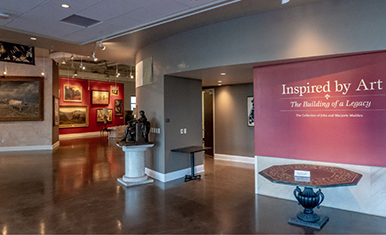Quite the adventurer, Denver local Dr. Arthur L. Campa wanted to share his experiences with others. Campa graduated from the University of Denver in 1936, and after serving in the military, he began working for the U.S. State Department in Mexico and Peru. In 1956, Campa was working at the United States embassy in Lima, Peru as a Cultural Affairs Officer.
While in Lima, Campa began a correspondence with the University of Denver, sending letters to Chancellor Alter as well as a variety of objects to the Museum of Anthropology. It was hard for Campa to getting ahold of his favorite supplies, and sometimes bargained with the university. At one point he agreed to send more objects in exchange for new rolls of film from the states. As Cultural Affairs Officer, Campa recognized the integrity to preserving Peruvian cultural heritage, and wanted to send useful objects and would not resort to smuggling.
He writes, "As you probably know, the government doesn't allow anything to get out. While I was up north last week they caught some grave robbers who had taken out several kilos of gold jewels and artifacts from Pre-Inca ruins. The stuff is now in the museum. Sorry, but tell Jim Perdue I can't include gold in the University collection."
Campa sent over fifty Peruvian objects to the museum, carefully listing from whom he acquired the objects. Many of the pieces are pottery sherds, and although they are not typically on display, they can provide archeologists with valuable information. Most of the complete pottery pieces Campa bought from Ollantay Suarez, a dealer from Chincha Alta, Peru in 1957. These complete vessels show typical Peruvian pottery designs, such as "goose flesh" dots and molded forms, but lack some of the grace of classical pottery. Museum staff questions the authenticity of these complete pots but nevertheless they are useful resources for students and researchers.









